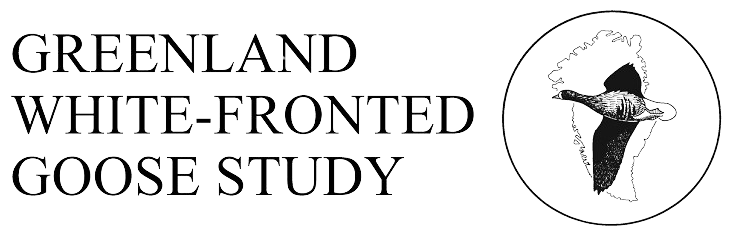
It had become evident that whilst the annual adult survival of marked Greenland White-fronted Geese has not declined in recent years (based on resighting information), the low percentages of young amongst the autumn flocks returning from Greenland indicated problems associated with reproduction on the breeding areas. The population was producing too few young to replace the numbers of geese dying each year, and this was the simple explanation for the downturn in overall numbers. But what was the reason behind the declines in young returning with their parents? An investigation into the causes of the low reproductive success on the breeding grounds was considered the most urgent priority at the international flyway management plan workshop, endorsed by an international workshop of interested parties organised by the Greenland White-fronted Goose Study (GWGS) and Scottish Natural Heritage (SNH) in February 2009. Actions to address this were proposed including fieldwork to study the behaviour, feeding ecology and reproductive success of both species on the breeding grounds.
With this aim in mind, fieldwork to investigate the arrival phenology, distribution and pre nesting behaviour of Greenland White-fronted Geese was carried out in Isunngua, west Greenland during late April to early June 2010 by six fieldworkers for a total of 115 man-days, supported by the Greenland White-fronted Goose Study and the Wildfowl & Wetlands Trust. Scottish Natural Heritage kindly assisted with the funding of the analysis and publication of the resulting report. Please feel free to download the report resulting from this project via the following link to the pdf file of the document. GWFG_spring_2010_fieldwork_report
